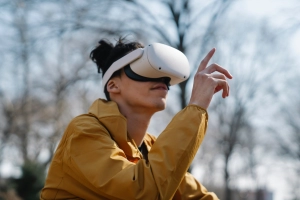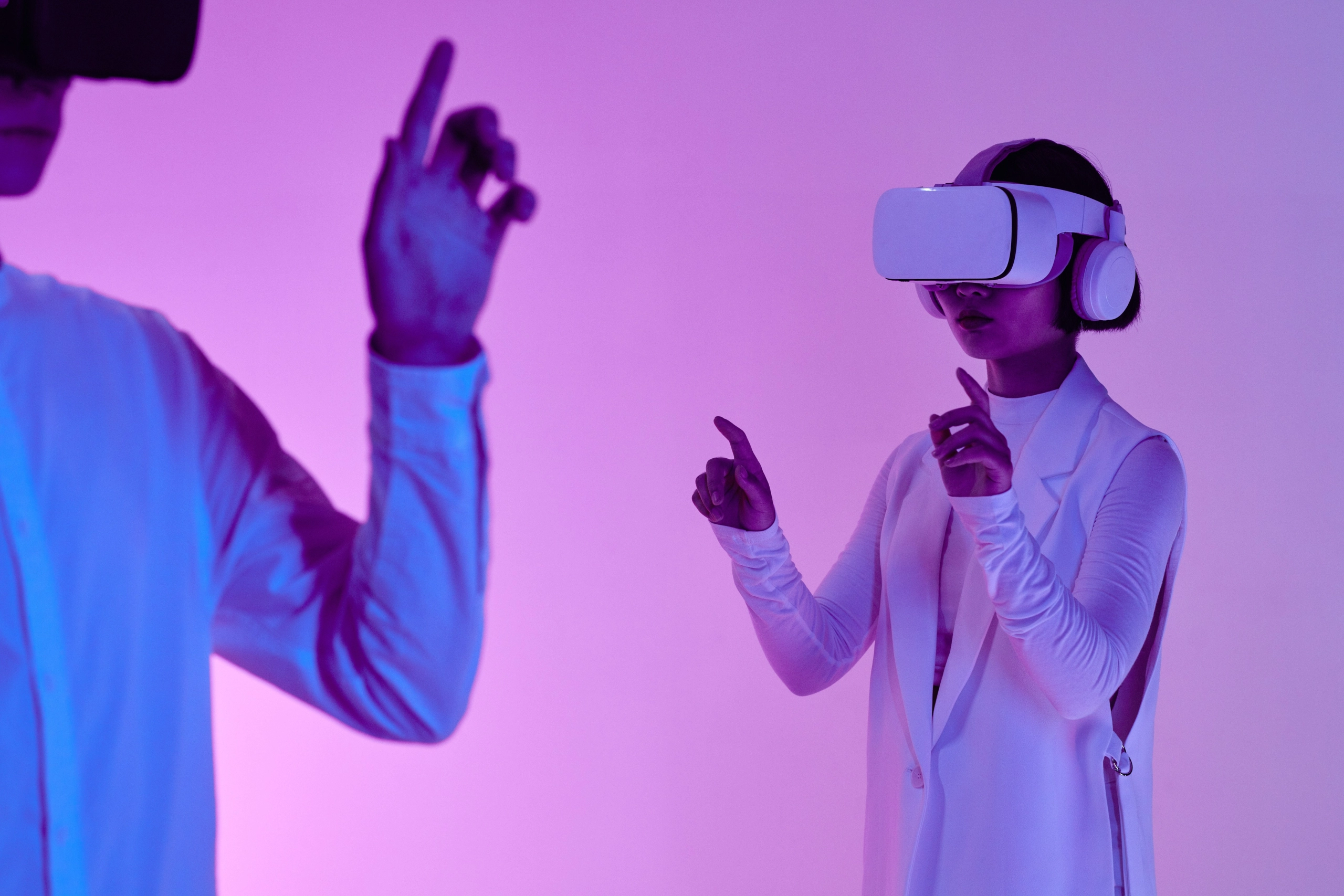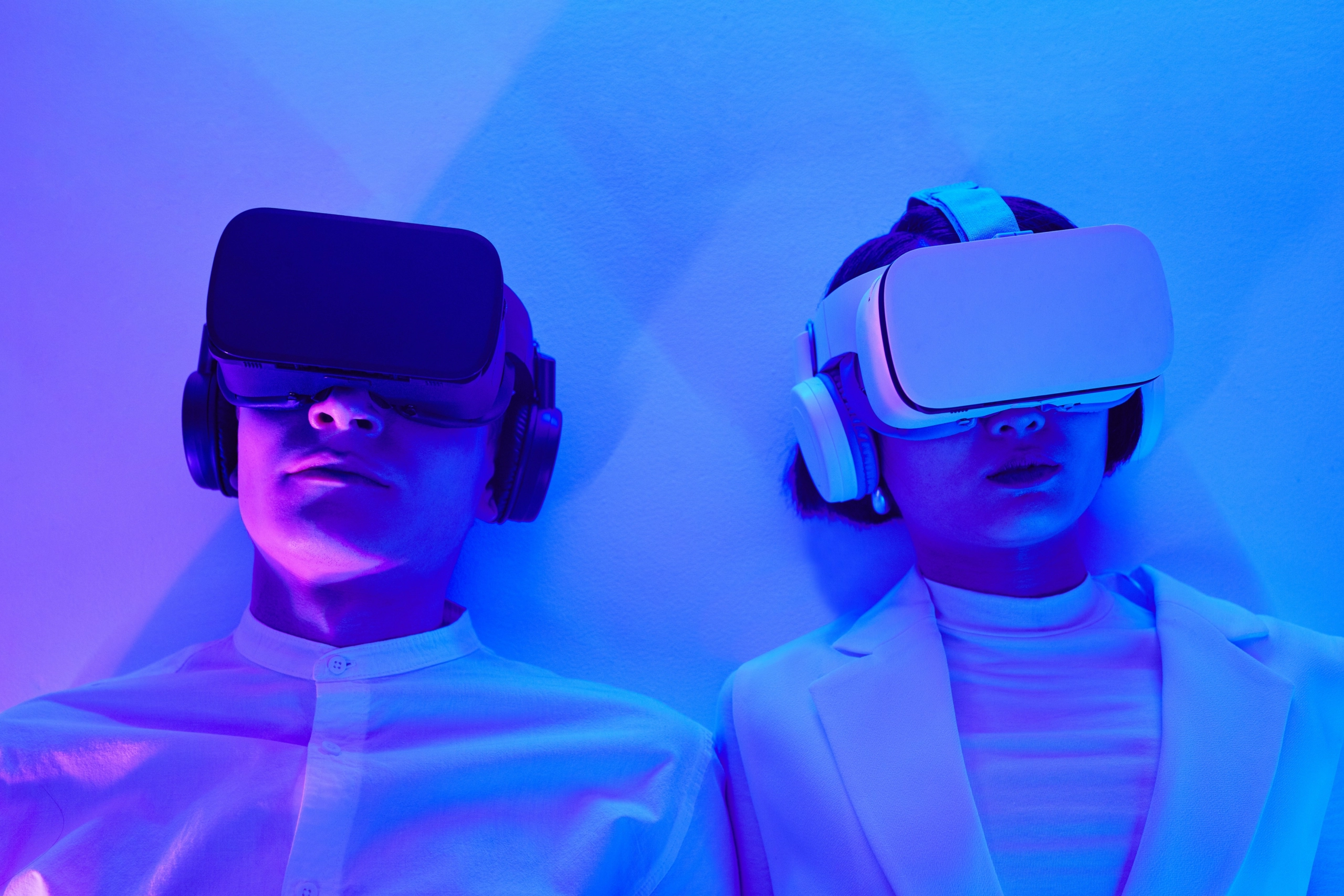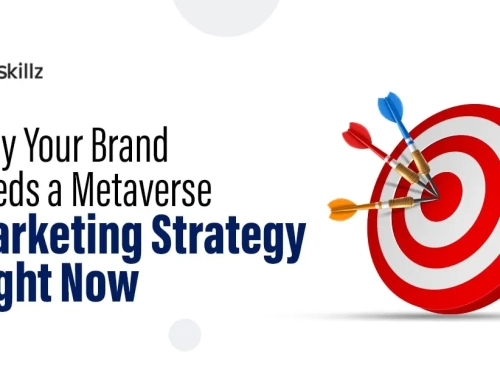Augmented Reality (AR) is a technology that enhances the real-world environment with digital information and computer-generated sensory inputs, such as images, videos, or sounds.
AR has been transforming various industries, and digital marketing is no exception. In this blog post, we will discuss the advantages of AR use in digital marketing. Digital marketing is a rapidly evolving field, and businesses are constantly seeking new ways to engage with customers and stand out in the crowded online marketplace.
One technology that has been gaining traction in recent years is augmented reality (AR). AR is a technology that overlays digital information on the real world, allowing users to interact with virtual objects as if they were physically present.
Learn More About Digital Marketing Course
Table of Contents
Enhanced User Engagement:
Increased engagement and interaction are some of the most significant advantages of using augmented reality (AR) in digital marketing. AR can create a highly immersive and interactive experience for users, allowing them to engage with brands and products in new and exciting ways.
One example of how AR can increase engagement is through the use of AR filters on social media platforms like Instagram and Snapchat.

These filters allow users to superimpose digital objects or effects onto their real-world surroundings, creating a fun and engaging experience that they are likely to share with friends and followers.
Another way AR can increase engagement is by providing customers with a more personalized experience. For example, a clothing retailer could use AR to allow customers to see how a particular outfit would look on them before making a purchase.
This can create a more immersive and interactive shopping experience and increase the likelihood of a purchase.
AR can also increase interaction by providing customers with a more hands-on experience. For example, a car manufacturer could use AR to allow customers to explore the features of a car in a virtual showroom.
This can provide customers with a more interactive and engaging experience than a traditional brochure or website.
Increased brand awareness and differentiation
Using augmented reality (AR) in digital marketing can also increase brand awareness and differentiation. AR experiences can be highly engaging and memorable, allowing businesses to stand out from their competitors and create a buzz around their brand.
One way AR can increase brand awareness is by providing customers with a unique and immersive experience that they are more likely to share on social media.
For example, a fashion brand could use AR to create a virtual runway show that customers can view through their smartphone or tablet. This can generate excitement around the brand and increase the likelihood of customers sharing the experience with their followers.

AR can also help businesses to differentiate themselves from their competitors by providing a more innovative and engaging experience. For example, a real estate company could use AR to create a virtual tour of a property, allowing potential buyers to explore the property in greater detail and from different angles.
This can provide a more immersive and engaging experience than traditional property listings, ultimately setting the business apart from competitors and increasing the likelihood of a sale.
Another way AR can increase brand differentiation is by providing customers with a more personalized experience. For example, a sports retailer could use AR to allow customers to try on virtual shoes, providing recommendations based on their foot size and walking style.
This can create a more personalized and engaging shopping experience that sets the business apart from competitors.
Improved Product Visualization:
Another advantage of using augmented reality (AR) in digital marketing is the ability to provide customers with an improved product visualization experience.
AR can help customers visualize products in a more realistic and interactive way, allowing them to make more informed purchasing decisions.
For example, a furniture retailer could use AR to allow customers to visualize how a piece of furniture would look in their home before making a purchase.

By superimposing a virtual image of the furniture into a real-time view of the customer’s living room, customers can see how the furniture would fit into their space, how it would look in different lighting conditions, and how it would coordinate with their existing decor.
AR can also help customers to visualize products in a more detailed and interactive way. For example, a makeup brand could use AR to provide customers with a virtual try-on experience for different makeup looks. By using facial recognition technology, the AR experience can superimpose different makeup products onto the customer’s face, allowing them to see how the products would look in real-time and make more informed purchasing decisions.
Better Customer Interaction:
Another significant advantage of AR in digital marketing is the ability to enhance the customer experience. AR can provide customers with a more interactive and engaging experience, allowing them to visualize products and services in a more meaningful way.
For example, a furniture company could use AR to allow customers to see how a particular piece of furniture would look in their home.

By using a smartphone or tablet, customers can superimpose a 3D model of the furniture into their actual living space, allowing them to see how it would fit and complement their existing decor. This can provide customers with a more personalized and immersive shopping experience, ultimately increasing the likelihood of a purchase.
AR can also enhance the customer experience by providing customers with more information about products and services. For example, a home improvement retailer could use AR to provide customers with step-by-step instructions for DIY projects, allowing them to complete the project more easily and with greater confidence.
Data-Driven Marketing Insights:
Using augmented reality (AR) in digital marketing can also provide businesses with valuable analytics and data collection capabilities.
By tracking user interactions with AR experiences, businesses can gain insights into customer behaviour and preferences, allowing them to make more informed marketing and sales decisions.
One way AR can provide valuable analytics is by tracking user engagement with AR experiences. For example, a fashion retailer could use AR to allow customers to try on virtual clothes and accessories, tracking which items are the most popular and which are the least popular.
This can provide valuable insights into customer preferences and help the business optimize its product offerings.

AR can also provide businesses with data on customer behaviour and purchase patterns. For example, a home improvement retailer could use AR to provide customers with virtual tutorials on DIY projects, track which projects are the most popular and which are the least popular.
This can provide valuable insights into customer behaviour and help the business to optimize its content offerings.
Another way AR can provide valuable analytics is by tracking user location data. For example, a restaurant chain could use AR to provide customers with virtual menus and promotions, tracking which locations are the most popular and which are the least popular.
This can provide valuable insights into customer behaviour and help the business to optimize its marketing and sales strategies.
Cost-effective marketing
Using augmented reality (AR) in digital marketing can also be a cost-effective way for businesses to reach and engage with customers. While the development of AR experiences may require an initial investment, the cost of distributing and promoting these experiences is relatively low compared to other marketing channels.
One way AR can be cost-effective is by providing customers with a more engaging and interactive experience than traditional marketing channels. For example, a tourism board could use AR to create a virtual tour of a city, providing customers with an immersive and interactive experience that sets the destination apart from competitors.

This can be a more cost-effective way to promote a destination than traditional advertising channels, such as TV commercials or print ads.
AR can also be cost-effective by providing businesses with a more targeted and measurable way to reach customers. For example, a retailer could use AR to create a virtual try-on experience for a new clothing line, promoting the experience through targeted social media ads.
By targeting customers who are most likely to be interested in the clothing line, the retailer can increase the effectiveness of its marketing efforts and drive sales at a lower cost than traditional advertising channels.
Another way AR can be cost-effective is by providing businesses with a more scalable way to reach customers. For example, a car manufacturer could use AR to create a virtual test drive experience, allowing customers to explore different car models without the need for a physical dealership.
This can be a more cost-effective way to promote a car brand than building and staffing multiple physical dealerships.
Conclusion
In conclusion, using augmented reality (AR) in digital marketing can provide businesses with a range of advantages, including increased engagement and interaction, enhanced customer experience, increased brand awareness and differentiation, analytics, and data collection, and cost-effective marketing.
By creating immersive and interactive experiences that engage customers in new and innovative ways, businesses can differentiate themselves from competitors, drive sales and revenue, and build stronger relationships with their customers.
While the development of AR experiences may require an initial investment, the long-term benefits of using AR in digital marketing can provide a high return on investment and help businesses stay competitive in a rapidly evolving digital landscape.





Leave A Comment